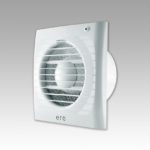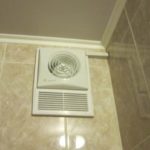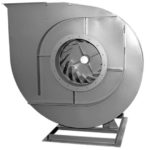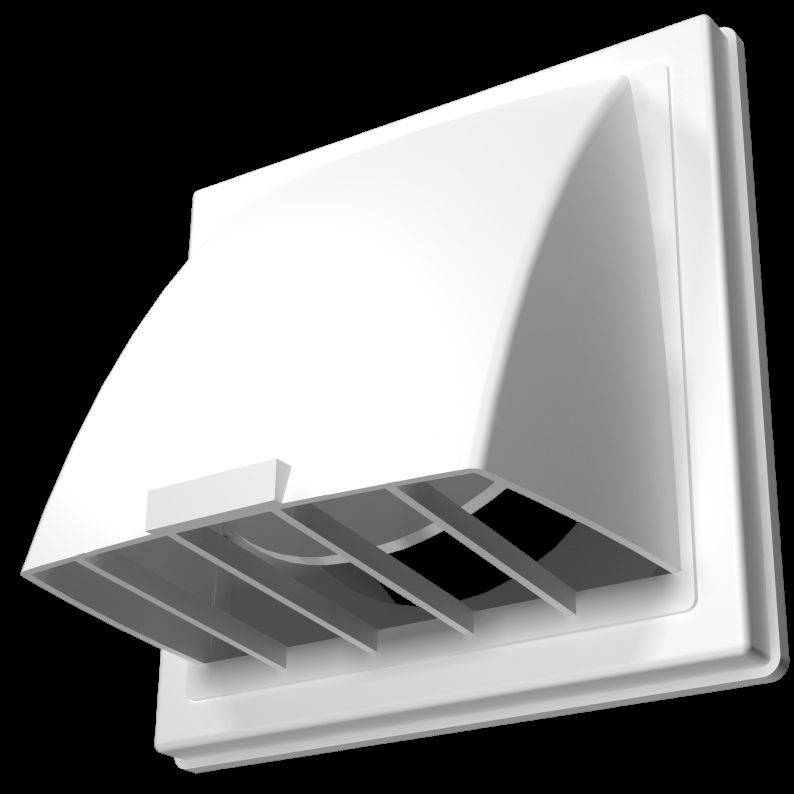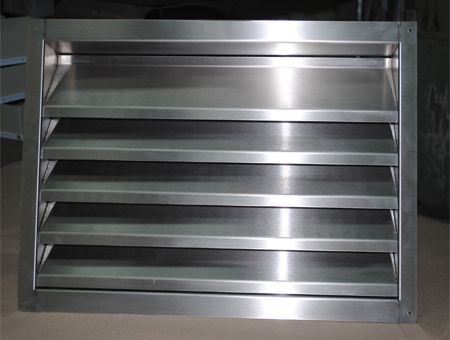Duct exhaust fan
People spend most of their lives indoors, so air quality in the home should be a top priority. Ventilation in the room is necessary to maintain stable humidity in the room and quickly eliminate unpleasant odors.
But the main function of the ventilation system is to eliminate pathogens, saw particles, which, when entering the human respiratory tract, cause allergic reactions and other serious diseases.
The content of the article
What is a duct exhaust fan?
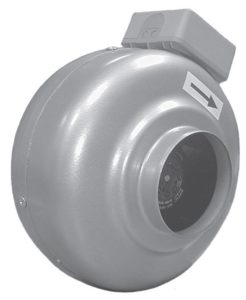 Exhaust duct ventilation is a set of devices that are installed in the ventilation shafts of a building. There are three types of such systems, which are distinguished by the type of cross-section of the ventilation duct: round, square of mixed type.
Exhaust duct ventilation is a set of devices that are installed in the ventilation shafts of a building. There are three types of such systems, which are distinguished by the type of cross-section of the ventilation duct: round, square of mixed type.
a brief description of
The duct exhaust fan system is very easy to install; it can be installed between a simple and suspended ceiling, carefully covered with a decorative grille. That is why 80% of designers choose this type of ventilation when arranging the interior of a room.
Purpose
The main task of a duct fan for exhaust hood is removing excess moisture, harmful microorganisms and sawdust from the room. The issue of moisture is more relevant to rooms with high humidity - kitchen, bathroom. In addition to drying, the device is able to humidify the air in the rooms.
Operating principle of a duct ventilation system
The device functions as follows: air passes through a duct-type air conditioner, which is the main part of the fan, entering the room through a special grille.
The air conditioner has a filter through which the air is cleaned, cooled and returned back to the room. As a result, a healthy microclimate is formed.
Differences from ductless exhaust fans
The main difference between ductless and ducted ventilation is the absence of branched air vents in the first network, due to which it does not require high electricity costs.
Ductless ventilation systems are installed above the roof of a ventilated building, sometimes in window openings. Duct fans are installed in the ventilation shaft of the house.
Advantages of a duct hood fan over other types
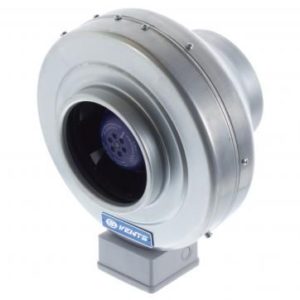 A duct exhaust fan is the most popular type of ventilation used by private homeowners and businesses. It is not only easy to install, inexpensive and does not require special care, but is also characterized by other positive features.
A duct exhaust fan is the most popular type of ventilation used by private homeowners and businesses. It is not only easy to install, inexpensive and does not require special care, but is also characterized by other positive features.
Users choose duct fans for exhaust hoods due to their high power, reliability and ability to eliminate unpleasant odors in several rooms at once.
Power
The higher the power of the device, the higher its performance.This indicator is considered the main one when choosing a model, since the power must be determined based on the area of the room. By dividing the power of the device by the area of the room, you can also calculate the maximum air flow.
Ability to eliminate unpleasant odors in multiple rooms
When arches are installed between rooms or doors are constantly open, a ducted fan can purify the air throughout the house. If you plan to use the device to purify the air in several rooms at once, then its power should be at least 40–50 W.
Reliability
For a low price, owners of private houses and apartments receive a reliable and durable device. The system can operate uninterruptedly for 5–10 years in a row. In order for the fan to perform its functions 100% and harmful microorganisms not to return to the house after ventilation, it is necessary to clean the external grille once a week, and once every 1-2 years, completely replace this grille with a new one.
Disadvantages of a duct exhaust fan
 Any device, even one as simple as a duct fan, has its drawbacks. Buyers who have been using devices of this type for many years describe the cumbersomeness, noise and difficulty of installing the fan on the negative side. But it all depends on the model; not every model has three disadvantages at once.
Any device, even one as simple as a duct fan, has its drawbacks. Buyers who have been using devices of this type for many years describe the cumbersomeness, noise and difficulty of installing the fan on the negative side. But it all depends on the model; not every model has three disadvantages at once.
Bulky
Some outdated models of duct hoods have a bulky design that is difficult to install for a person without special skills. Therefore, when purchasing, it is better to choose compact, neat and light-weight models.
Noise
Most ducted ventilation units are noisy when operating.This is often related to the air flow speed: the higher it is, the more noise the device makes when turned on. Experts recommend buying fans with an air flow speed of 11–14 m/s. When the indicator is lower, the air is poorly purified; when it is higher, the noise can be heard in neighboring rooms.
Important! Noise directly depends on the impeller blades. If they are bent forward, the Prior will create a lot of noise, if backwards, ventilation will occur silently.
Difficulty of installation
If a person has minimal knowledge of technology, then he can easily and quickly install a fan in the exhaust shaft. The instructions indicate the sequence of actions down to the smallest detail.
The only nuance that requires great attention – the direction of the air flow, which is indicated by the arrow on the body. If you miss this moment and install the hood incorrectly, then instead of the air in the room, it will filter the air from the ventilation shaft.
Factors that determine the choice of fan diameter
Before purchasing a fan, you need to determine what type of device is needed. FirstSomething worth considering is the shape of the ventilation duct in the house. If it is square, rectangular or round, then the fan should follow its shape.
Second indicator – a ventilation process control system, which can be manual or automatic. The manual adjustment system involves turning the fan on and off along with the light.
With an automatic system, the operation of the device is controlled remotely using a remote control. Some modern ducted exhaust fans have variable blade speed control.

